Table of contents
“Costa Rican Colones: Everything You Need to Know Before You Visit”
As the waves ripped against the boat, a well-known European navigator was on his 4th and final journey to the ‘New World’.
The year was 1502 and the crew of this ship was about to discover a ‘new’ land never explored by a European before.
Inspired by the beauty of the coast and the accessories worn by the local tribes, the crew, led by Cristobal Colon, named this new land Costa Rica – translated as ‘Rich Coast’ in English.
Known more commonly as Christopher Columbus, over 500 years later, the people of this Rich Coast use his Spanish name ‘Colon’ as the name of their local currency.
Since this first voyage the country and the currency it holds has gone through many changes. If you plan to visit Costa Rica today however, there are few things worth keeping in mind before you travel…
#1
‘The name’s Colon….Costa Rican Colones’
Okay, so forgive the cheesy James Bond reference. I couldn’t help it. I use it as an example however as you may see it written in two forms;
- Colon
- Colones
This one’s simple: ‘Colones’ in the plural of Colon.
That’s it. Nothing more to add to here.
#2
US Dollars or Costa Rican Colones? You can use both
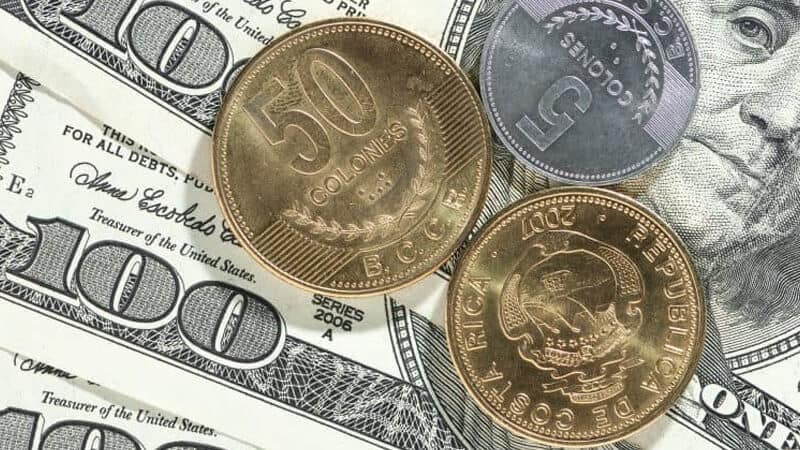
What’s the best currency to use in Costa Rica? Dollars or Colones?
Good question. Now listen up because this is good advice wherever in the world you go: Pay in whatever currency is quoted.
If a shop, restaurant, hotel or kiosk quotes a price in Dollars (USD) then pay in Dollars. If they quote in Costa Rican Colon (CRC) then pay in Colones.
It’s also worth noting that while they may quote in USD, and you may pay in USD you might end up getting your change back in CRC. Yes, not ideal but, that’s the way it works in some lower economic countries.
A good trick that was taught to me is to use the ‘2 Pocket Technique’. While that name sounds awfully complicated – it’s really not.
In one pocket have your USD and in the other pocket keep your CRC. How do you remember which pocket is which? I keep the stronger currency in my right pocket (as this is my stronger hand) and I keep the weaker currency in my left pocket.
If your ambidextrous – kudos to you! Use whatever feels best.
Also, most ATM’s will have the option to dispense both CRC and USD.
#3
Costa Rican Currency Symbol: Don’t make this mistake
This one’s quite important – especially if you’re one for ignoring the finer details in the name of speed and efficiency…
There are other currencies around the world that resemble a very similar sign to the Costa Rican Colon.
The shortened version of the Costa Rican Colon is CRC as I have already referenced above and the symbol is presented as:
- ₡ = the letter ‘C’ with 2 vertical strike through it.
Subscribe to our newsletter
to stay up to date
#4
Know Your Money
Costa Rican Colones come in both banknotes and coins. Banknotes come in denominations of: ₡1,000, ₡2,000, ₡5,000, ₡10,000, ₡20,000 and ₡50,000
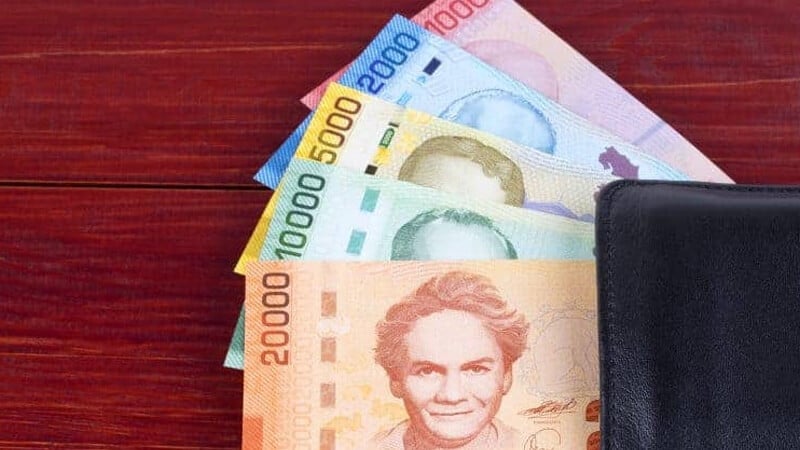
The coins come in the denominations of: ₡5, ₡10, ₡25, ₡50 and ₡100
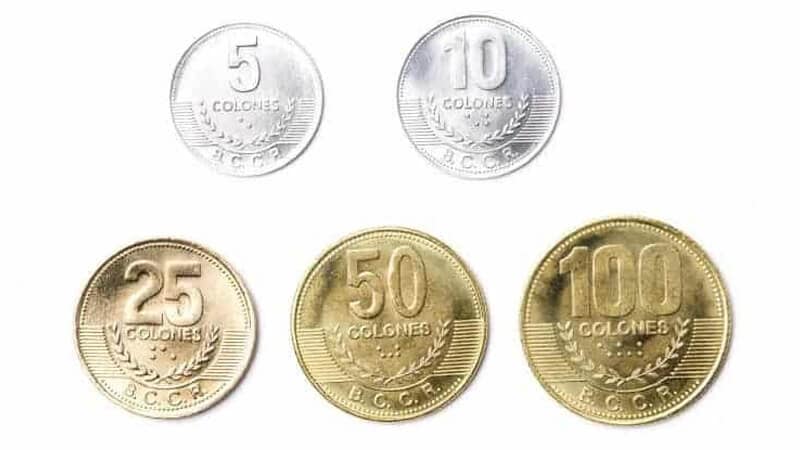
#5
Costa Rican Currency Exchange Rates: Understand them
If you’ve ever had to do any type of currency exchange you’ll know that these things change on a daily basis – so keeping on top of them to the last cent is often hard, or nigh on impossible.
For this I would recommend using xe.com to get a quick, up to date conversion of Costa Rican Colones to US Dollars.
There will however be times when whipping out your calculator just simply isn’t an option. Maybe you haven’t got any WIFI or DATA connection or, maybe you’ve got to do a quick calculation on the spot. For these situations, use the following guide to help:
A good rule of thumb to use is to multiply the first the number by 2 and the remove the last three 0’s to get a better idea of what you’re spending.
So for example:
- ₡ 5000 (take the 5) = $10 USD (5 x 2 = 10 minus the three 0’s)
Here’s a quick reference guide for the denominations you’re most likely to use:
- ₡ 150,000 = $300 USD
- ₡ 10,000 = $20 USD
- ₡ 5,000 = $10 USD
- ₡ 2000 = $4 USD
- ₡ 1000 = $2 USD
#6
Be Aware of Fees: Avoid any shocks when you get back home
Okay, so fees can be killer. There are fees for withdrawing money, fees for changing money, fees for card payments, ATM fees and so on and so forth.
They can really add up and if you’re not careful might cause a minor shock when you get home only to realise you’ve spent a small fortune in fees.
The best way to keep on top of this is to start before you’ve even left your home country. While I know this might sound a bit of pain to do, just having an idea of how much each ATM withdrawal is going to really cost you will save you money on the long run.
Call up your bank and get very clear on the transaction fees they charge for using ATM’s in Costa Rica. It’s also worth noting that most ATM’s will charge you a small fee to withdraw cash that has nothing to do with you bank. Added on top of that, will most probably be a ‘conversion fee’.
Factor these costs in whenever you decide to withdraw cash from an ATM.
Depending on your length of stay, you could just change up enough money before you left your home country. Be aware however that you can bring up to a maximum of $10,000 in cash before you’ll have to declare it at customs.
There are some ways you can reduce your fees that’ll I’ll address in a second…
#7
Exchanging Your Money for Costa Rican Colones: Knowing where to exchange
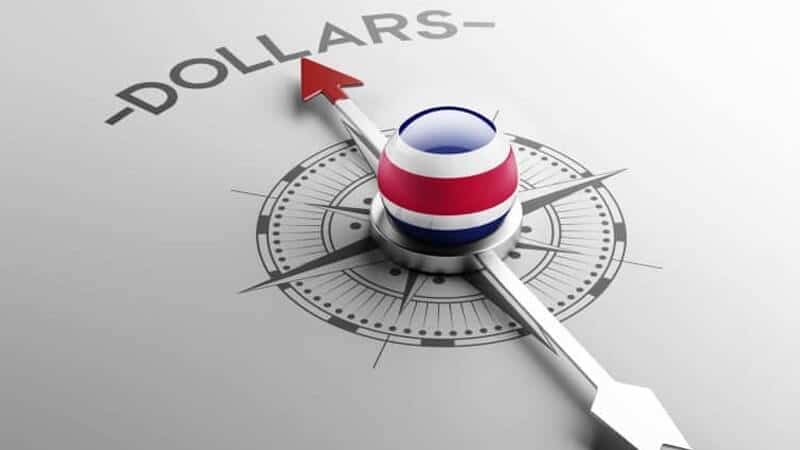
Staying on topic with my last point…where’s the best place to exchange your money?
First and foremost, forget about airport exchanges. These rates will almost certainly be higher than if you were to exchange elsewhere. If you’re looking to exchange USD into CRC your best bet would either be in your home country OR use a local currency exchange that will most likely give you a better exchange rate.
Again, one of the best ways is to withdraw and / or exchange enough money before you leave your country – especially if you’re travelling to Costa Rica from the United States.
But again be aware of that $10,000 limit.
#8
Be Prepared: But not too prepared…
If you do intend on using USD while you’re here, you’ll need to be a little prepared in advance:
- Carry cash – but only enough to get by
- Call you banks and notify them of your travel plans
- Get familiar with the quick exchange formula above and use XE.com to get an accurate daily rate
- Carry at least 2 cards with you for emergencies
- Have a look at ‘Revolut’ or ‘Monzo’ to reduce your card withdrawal fees
Again, this list could be huge. But you don’t want to spend the whole time worrying about where, how and what you’re spending. Take action on the 5 above points and you’ll be all set to go.
#9
You Can Use Credits Cards: But just be aware of this…
Using a credit card comes with advantages and disadvantages. Depending on your card issuer you might get certain rewards and points that can be well worth taking advantage of. You do however have to be aware of the fees associated with your account (yes, those things again).
Check the small print of any restaurant, hotel or ATM you want to use your card with as most businesses will charge a processing fee.
Another thing worth noting, whether you use your debit or credit card when making purchases in a restaurant for example, a 10% ‘servicio’ (gratuity) payment will be added to your bill automatically. Service tax is also added.
This isn’t a problem for everyone but It’s good to be aware and everyone’s situation is different. Weigh up the pro’s and cons and make the decision that’s best for you.
#10
Spend Your Costa Rican Colones! The not-so obvious side of spending money
Okay this might sound stupid but there’s nothing worse than returning home with local currency and not being able to spend it.
Not only that but if you haven’t got enough CRC worth changing back into USD you’ll basically have a load of currency sitting around that could have bought something nice before you left or be used as tips for that really nice employee at the restaurant you frequented.
Try to keep an eye on the amount of Colon you have left at the end of your trip and use them up before you leave.
Overall, the best advice is to be a little prepared before you leave, stay organized while you’re travelling and know a rough value of the currency you have to hand.
Now go forth my young voyager and enjoy the beauty this ‘Rich Coast’ has to offer. After all, it’s exactly what Senor Colon wouldn’t have wanted you to do
Subscribe to our newsletter
to stay up to date


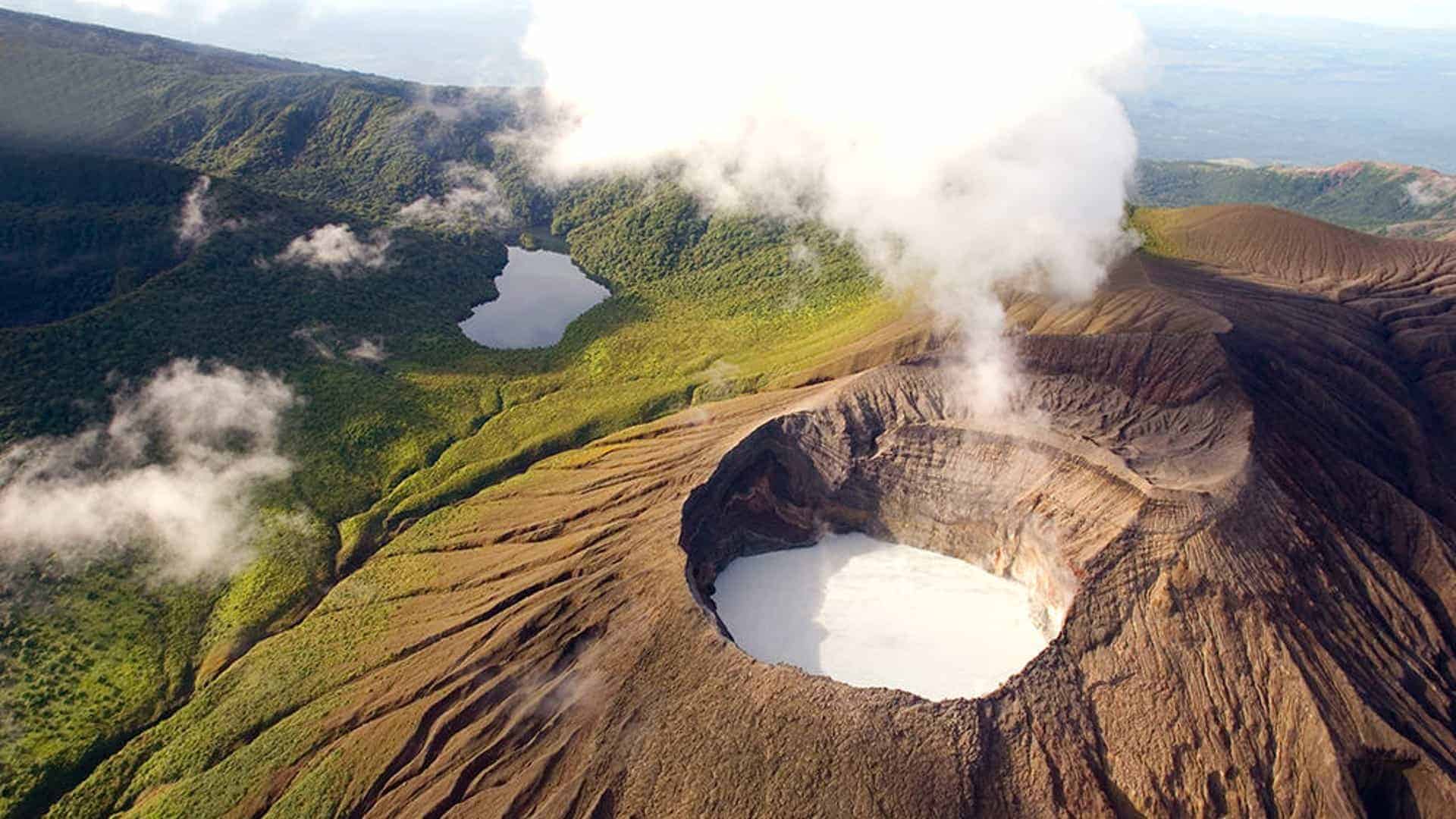
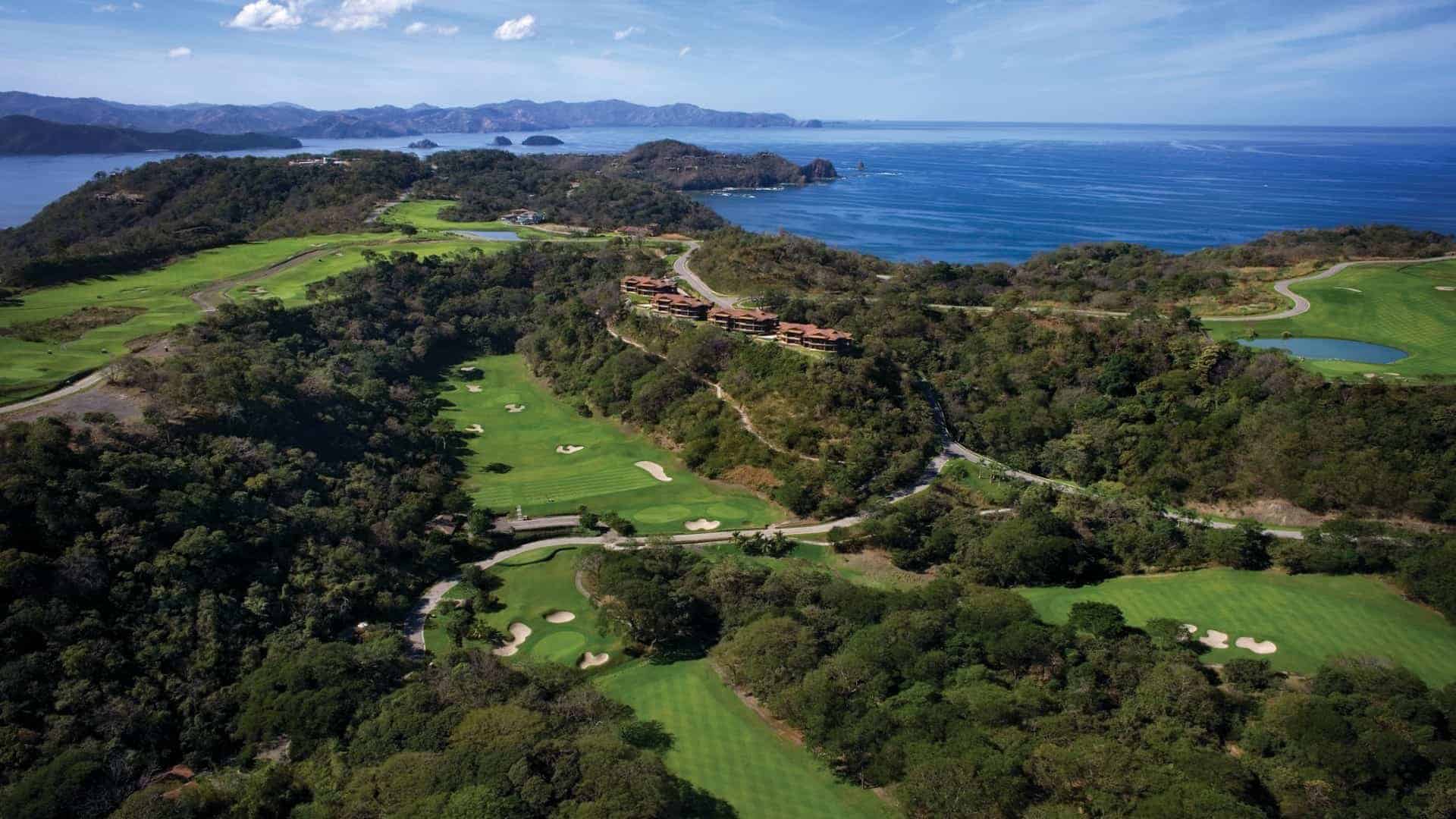
One Response
Had a nice trip in Costa Rica in November 2023. Further to what you state about credit cards, Visa and Mastercard are widely accepted without hassle — but be aware as to the currency charged, as the amount could be in colones or dollars. However, American Express is accepted a lot less and when it is, tends to be in the pricier establishments. Discover is virtually worthless. Exchange a bit of money at the airport if you need a taxi — they will immediately quote dollars but a better deal in colones is easily negotiated. If you can’t speak Spanish they will try to increase the price. Using Spanglish and waving colones often saves money.